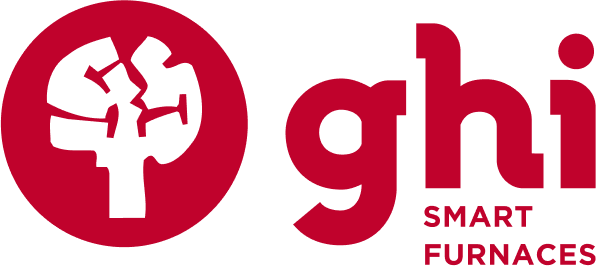
GHI Smart Furnaces – Automatic loading point in tilting rotary furnaces
GHI Smart Furnaces
Sector: Industry
Business Case
It is a GHI Smart Furnaces initiative aimed at optimising the charging process in rotary aluminium smelting furnaces by implementing advanced machine learning and automation technologies. One of the challenges related to the optimisation of productivity and efficiency in the aluminium smelting process is, specifically, in the furnace loading stage, which depends on the composition of the material and the operator’s experience.
Objectives
Optimisation of the Loading Process: Reduce melting times by issuing real-time commands to the furnace PLC. Improvement of Energy Efficiency: Increase the energy efficiency of the smelting process by charging the furnace at the optimum times according to production criteria. Comprehensive Automation: Progress towards full automation of the loading process, reducing reliance on manual operator decisions.
Use case
The solution combines technological development with the active participation of aluminium smelting process experts and furnace operators. It begins with the collection of production criteria and operation patterns in order to relate them to the captured signals. Once the processes have been identified and the data labelled, a model is developed that identifies the pattern appropriate to the load. Tests and validation of the model are carried out to evaluate its accuracy and reliability in prediction. Finally, it is integrated with existing systems by communicating the model with the PLC, sending a message in real time. The model is able to retrain itself if a prediction does not meet the desired accuracy, sending a new adjusted recommendation.
Infrastructure
On premise
Technology
Automatic or Deep Learning
Data
From information obtained from video sequences temporal information is obtained in the model and segmentation transformers.
Resources
The integral involvement of GHI and our customers is essential, as it requires the collaboration of experts in algorithmics, process metallurgy, machine learning and furnace operation. By having a multidisciplinary team, a high level of detail and completeness in the project is achieved, which is reflected in the results obtained. In terms of infrastructure, we use our 4.0 system for data capture.
Difficulties and learning
The variable composition of scrap presents a challenge to identify accurate loading patterns, especially considering the different skills and experience of the operators, who include both experienced and less experienced individuals. Careful selection of variables is crucial to mitigate this variability and accurately determine the state of matter within the furnace. Real-time characterisation of the process and effective reception of streaming data is essential. The model is not affected by customer-specific exceptions, ensuring greater consistency and accuracy in the process.
KPIs (business impact and metrics of the model)
Precision of the Model: Measurement of the ability of the machine learning model to predict the optimal automatic loading times with high accuracy. Energy Efficiency: Monitoring the optimisation of furnace energy consumption by reducing smelting and loading times.
Funding
Part of this project was partially financed by public funding.




